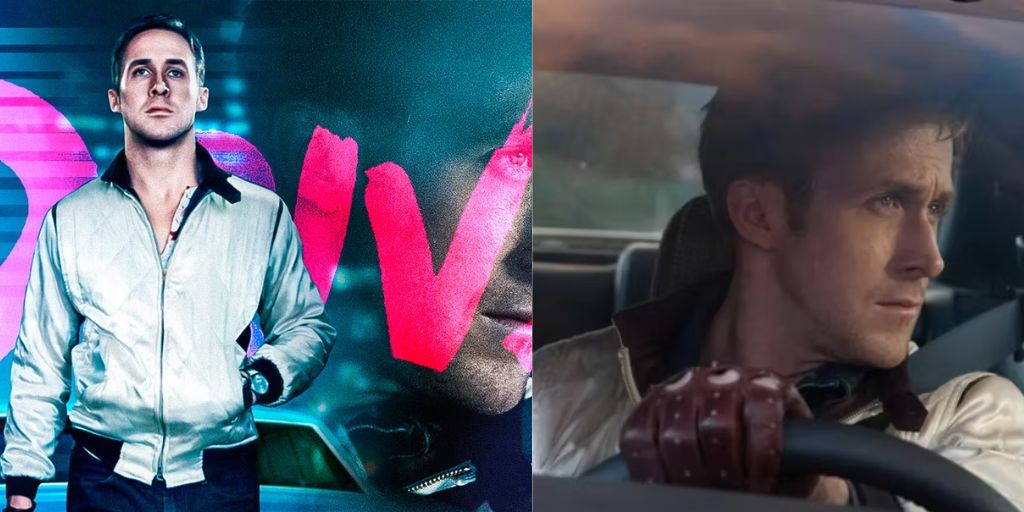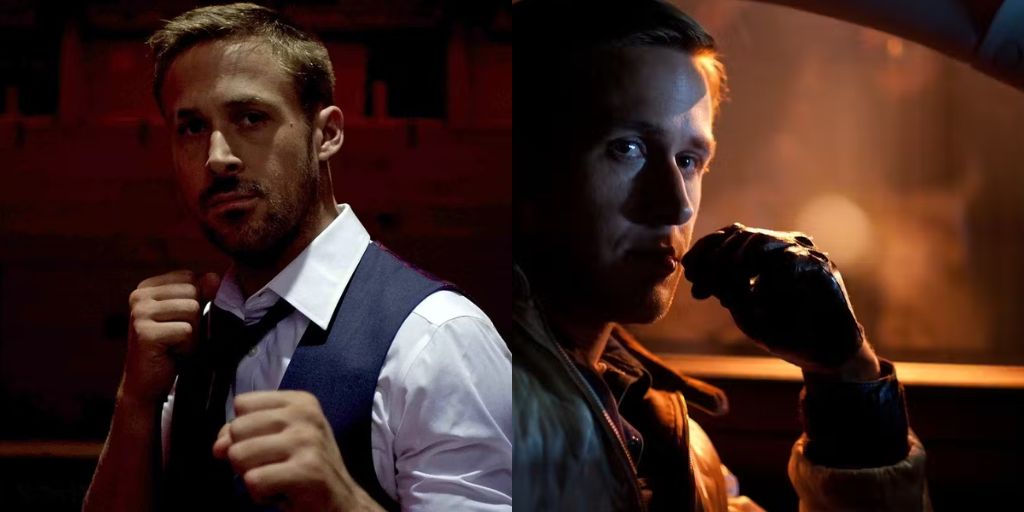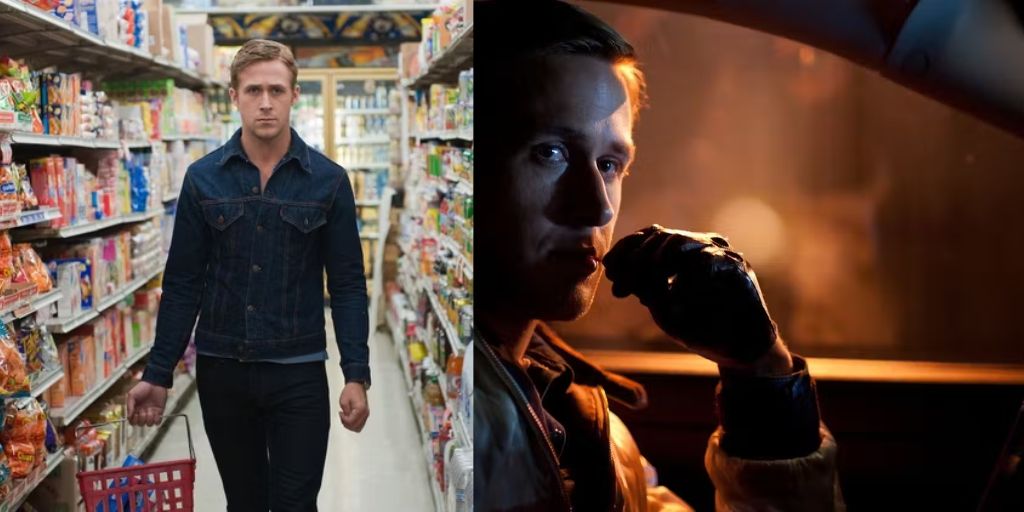Due to their intense content, Nicholas Winding Refn’s films often divide critics and audiences. However, his 2011 film Drive has been widely recognized as one of the best films in recent decades. Drive demonstrated that Refn is more than just a “style over substance” filmmaker.
The film’s technical innovations were justified by the story it told. While the film’s electrifying score and fast-paced action scenes are thrilling, Drive is, at its core, a love story that modernizes classic noir and Western archetypes into a sleek thriller.
Despite Refn’s flashy reputation, Drive shows surprising sensitivity in its portrayal of the main character, leaving the audience emotionally moved by its shocking and somewhat puzzling ending.
Some audiences were confused by Drive, expecting something similar to The Fast and the Furious. Ryan Gosling’s nearly silent performance isn’t as expressive as typical action movie heroes. Those anticipating a straightforward action movie might be surprised to find a rather somber and emotional exploration of futility and forgiveness.
The complex gangster storyline involving The Driver’s final heist is intricate, but analysis suggests that the film’s last act might not be as literal as it seems. The increasingly surreal style of Refn’s work suggests the same. Drive is both a great genre film and an examination of common archetypes in crime movies.
Who Is Ryan Gosling’s Driver Really?
Drive is loosely based on James Sallis’s novel and follows a drifter known only as The Driver (Ryan Gosling), who works under the veteran mobster Bernie Rose (Albert Brooks). The Driver tries to leave the criminal life he has invested so much time in, but Rose won’t let him go.
The situation becomes more complicated when The Driver falls in love with his neighbor Irene (Carey Mulligan) and grows attached to her young son Benicio (Kaden Leos), only to discover that her husband, Standard Gabriel (Oscar Isaac), is a dangerous ex-convict.

Desperate, The Driver tries to protect his new family and achieve the happy life he has always dreamed of. What starts as an unusual romantic drama turns into a gripping crime thriller as The Driver fears showing Irene his true nature, believing she will reject him if she learns about his violent past.
Throughout the film, it seems The Driver cannot change his nature or redeem himself from his violent past. Early in the movie, The Driver watches a film with Benicio, who tells him he can tell that the shark is the villain. When The Driver asks if the shark could ever be a “good guy,” Benicio says it isn’t possible.
This represents The Driver’s struggle – he longs for a normal life with Irene, but he keeps getting pulled back into crime. The Driver’s facial expressions during violent scenes resemble those of a frightened child, scared of what he has become.
The fact that The Driver has no given name reflects that, like a villain in a typical action movie, he has no personality or backstory that would make viewers sympathize with him. The film shows how damaging this is to The Driver’s mental health.
After being cast as “the bad guy” for so long, The Driver begins to believe that he really is the monster everyone expects him to be.
Another hint at this theme is the story of the frog and the scorpion. A scorpion asks a frog to carry him across a river, but the frog hesitates, fearing the scorpion will sting him. Although the scorpion assures the frog that they would both drown if he stings, the scorpion stings the frog anyway, unable to change his nature.
The Driver’s iconic jacket features a scorpion, which symbolizes his view of himself. This becomes clear towards the end when The Driver decides to leave Irene and continue with his crime missions. Although it’s unclear where The Driver goes next, it’s strongly implied that he will never see Irene and Benicio again.
The elevator fight scene perfectly illustrates this change. The Driver savors his last “normal” moment with Irene by kissing her, then reveals his true nature by killing the thugs. It’s as if he “stings” Irene by dragging her into his world, a point underscored when he finds his handler Shannon’s (Bryan Cranston) dead body.
After donning a rubber mask from a movie set, The Driver kills Nino (Ron Perlman) on a beach in a highly cinematic scene. By this point, The Driver seems to have fully embraced his role in a heightened cinematic reality.
The fact that the film is set in Los Angeles, a city deeply connected to filmmaking, makes it harder for The Driver to distinguish his real personality from the persona he adopts to appear more menacing.
Does Ryan Gosling Die at the End of Drive?
The Driver receives an ultimatum from Bernie, who offers to protect Irene and Benicio if he gets the money. The Driver agrees but calls Irene beforehand to tell her he won’t return, ensuring her safety.
While this doesn’t necessarily mean The Driver is accepting death, it does suggest that he won’t see Irene again to avoid endangering her.
He hopes she will remember him as “a real human being,” as the theme song says. This implies that The Driver has accepted his identity as a hero, even if he can’t share it with those he loves.
Like many hero stories, the main character’s final mission involves self-sacrifice. This doesn’t mean The Driver is dead, but it does indicate that he will never live a normal life with the people he cares about.

After meeting Bernie and handing him the money, the ruthless mobster stabs The Driver in the stomach. The Driver likely anticipated this, as earlier shots show him scanning the restaurant and planning the area. With a knife already prepared to stab Bernie in return, it’s clear The Driver expected betrayal and came to the restaurant intending to kill Bernie.
Afterward, The Driver leaves without taking the blood-stained cash, indicating his desire to cut ties with this part of his life. The Driver never worked for purely selfish reasons, and his refusal to take the money suggests he wants to leave behind any “blood money” and move on from this chapter of his life.
Some have speculated that The Driver didn’t survive and that the final drive away represents him ascending to heaven, living out the vision of himself that he imagined. While this is possible, the presence of blood on his hands suggests that he’s not in a dream sequence during his final moments.
Although The Driver is severely wounded, he anticipated Bernie’s attack. Irene knocks on his door, realizing he’s gone for good, but The Driver wanted to leave her behind to avoid intruding on her life anymore. Drive is a straightforward film that becomes more interesting upon multiple viewings for its metaphorical implications.
Refn uses the imagery of the Los Angeles crime scene to examine the mythologization of heroes and villains, and the scenes on a film set suggest that Drive is analyzing the nature of crime films. It remains one of the best films of the 21st century, regardless of how one interprets the ending.
Gosling and Refn Reunited After Drive
Though Drive never received a sequel that provided more clarity, Gosling and Refn reunited for the controversial revenge thriller Only God Forgives.
This arthouse crime film is filled with metaphorical allusions. If Drive show romantic archetypes in Western cinema, Only God Forgives analyzed broken family dynamics with its story of two brothers trapped in a cycle of violence.

Those who criticized the minimal dialogue in Drive might be shocked that Gosling speaks even less in Only God Forgives, which makes no attempt to cater to mainstream tastes.
Only God Forgives sharply divided both audiences and critics and was initially met with boos at the Cannes Film Festival. While the frequent violence and non-linear narrative might have been obstacles that many viewers couldn’t overlook, Only God Forgives is visually stunning and fully committed to its strange premise.
Gosling and Refn deserve credit for attempting something bold and different, rather than simply trying to replicate the success they had with Drive. Drive is available to rent on Amazon in the U.S.




